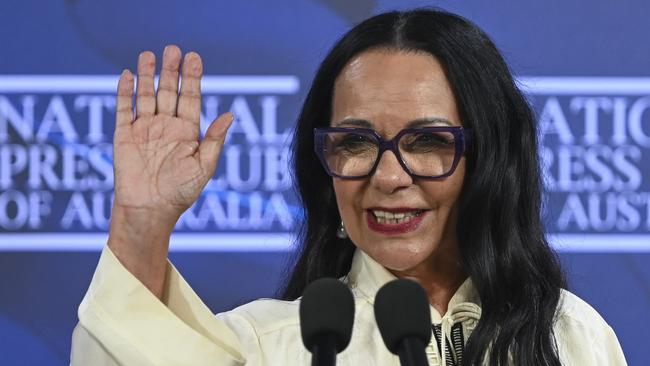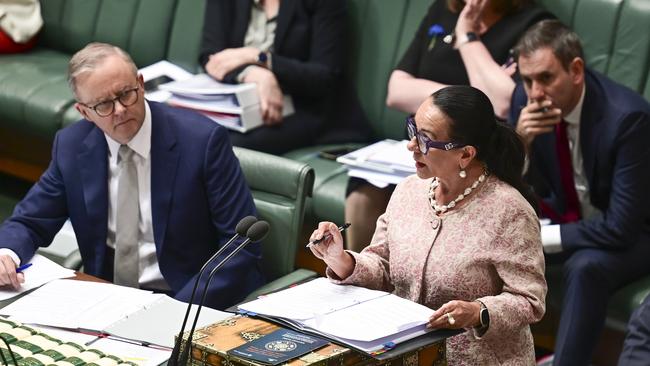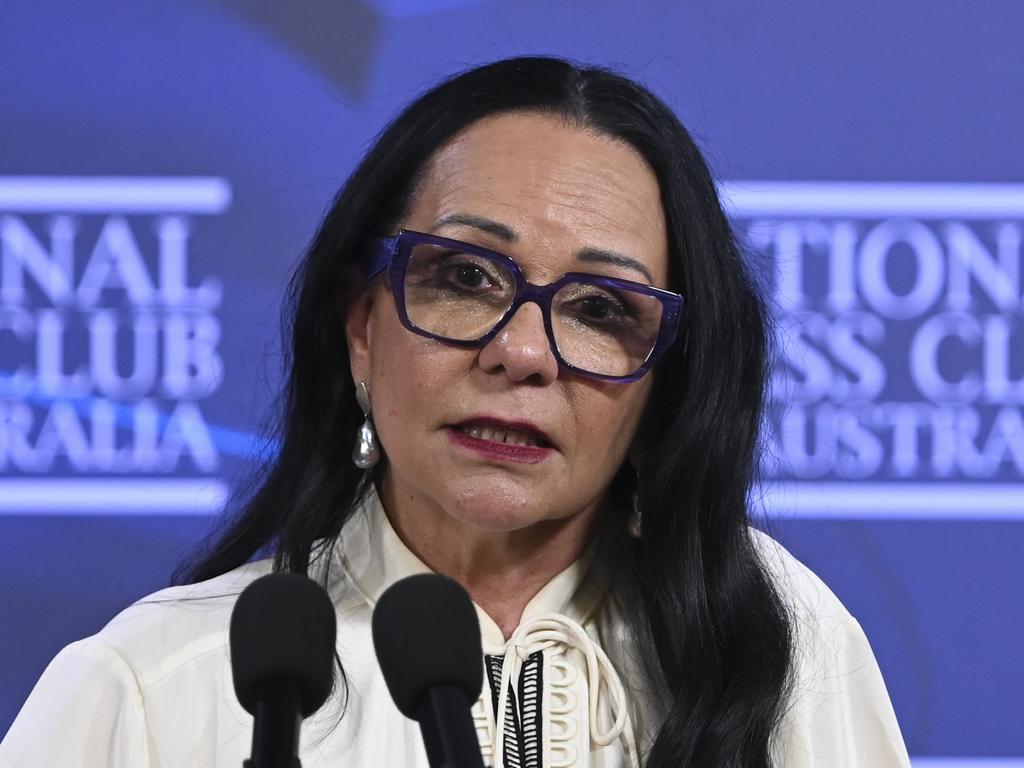Yes camp must explain how an Indigenous voice to parliament will close the gap

But the proposed voice has its own gap: namely, the one between what proponents of the voice claim it will achieve and what it can realistically be expected to achieve.
I believe it will achieve virtually nothing at best. At worst, it will leave many Australians, both Indigenous and non-Indigenous, disappointed and perhaps angry. The Yes camp insists the voice is what’s needed to close the gap in health and wellbeing; yet no clear plan has been offered about how to achieve this.
With no plan, we are expected to swallow the flimsy rhetoric spoken by Burney: “Because a voice will be a mechanism for government and the parliament to listen.” Or consider Anthony Albanese’s words: “When we listen to people who are directly affected, we’ll get better outcomes.” The implication here is that “we” have not been able to listen to Indigenous Australians because they have not had, and still do not have, a voice.
But Indigenous Australians not only have their voices in the same way other Australians do, they have additional dedicated government departments with Indigenous staff going in to speak on their behalf. Not even counting the many Indigenous organisations and the Council of Peaks.
So, if Indigenous Australians have voices, why are they doing poorer on most measures of health and wellbeing? This question is central to the upcoming referendum.
The lack of clear answers as to just why so many Indigenous Australians continue to suffer needlessly plays into the hands of the Yes camp. By its logic, the proposed voice “mechanism” will make a positive difference because currently there is no appropriate platform for Indigenous voices to be heard by government.
Having established that Indigenous Australians are most definitely not without voices, it’s important to explain why the current Indigenous voices have not been influential in improving outcomes for Indigenous Australians.

I believe Indigenous Australians suffer because the current chorus of Indigenous voices too often speak the wrong messages. Many of these messages have been based on and continue to trumpet the erroneous belief that the needs of Indigenous Australians are fundamentally different from those of non-Indigenous Australians.
The differences are assumed to be cultural in nature. This has given rise to an industry of “cultural experts”, people who have built their careers out of exaggerating and fabricating difference. Might such experts sit on the voice advisory committee?
The Yes camp is right when it says change is needed, but the voice is not that change.
The proposed solutions to the problems facing too many Indigenous Australians will be effective only when they are premised on the idea that their fundamental needs are the same as those of non-Indigenous Australians.
This represents a seismic shift – or what Burney called a “new perspective” – in how Indigenous affairs are addressed. But, while their fundamental needs are the same as other Australians, the degree to which their needs are met are often very different, for some Indigenous Australians at least; most notably, for those living in remote areas.
We close the gap by creating the necessary conditions that enable people to survive and thrive in modern-day Australia. Specifically, we get Indigenous youth and adults job-ready with employment to go to, get the kids attending good school regularly, and ensure communities have access to modern services.
In many remote areas it is difficult to provide modern services staffed with skilled workers. Often, they need to be imported from hundreds of kilometres away.
This has its own challenges. For example, with schools and health services, staff should be employed in communities for at least three to five years. Any less and it is difficult for community members to develop relationships with them. Of course, employing locals is preferred, but this too is challenging, as it requires long-term investment to ensure they are skilled and job-ready.

So, if it is difficult to bring services to the people, should the people not be relocated to where the services and opportunities are?
This option, while sounding easy, also has its own challenges, as dislocation could be emotionally and spiritually crushing for some who have only ever known life on their homelands.
In short, closing the gap requires government to invest in those remote communities that are economically viable, and provide sensitive exit strategies for those that aren’t.
We don’t need the voice to tell us this, nor do we need to wait for the formation of the voice to make these changes happen. They can happen now. Many Indigenous communities have developed to be economically sustainable and many successful Indigenous people have emerged from them – but not nearly enough.
Clearly, hard work and tough conversations are needed to close the gap. It’s no use offering emotionally appealing solutions, like an Indigenous voice to parliament, where crucial details are not known. The true solutions may not be easy, but they are clear and achievable.
Anthony Dillon is a researcher, academic and prominent Aboriginal affairs commentator.







The need to close the gap in health and wellbeing between Indigenous and non-Indigenous Australians was the centrepiece of Indigenous Australians Minister Linda Burney’s speech at the National Press Club, in which she spoke about the proposed Indigenous voice to parliament.